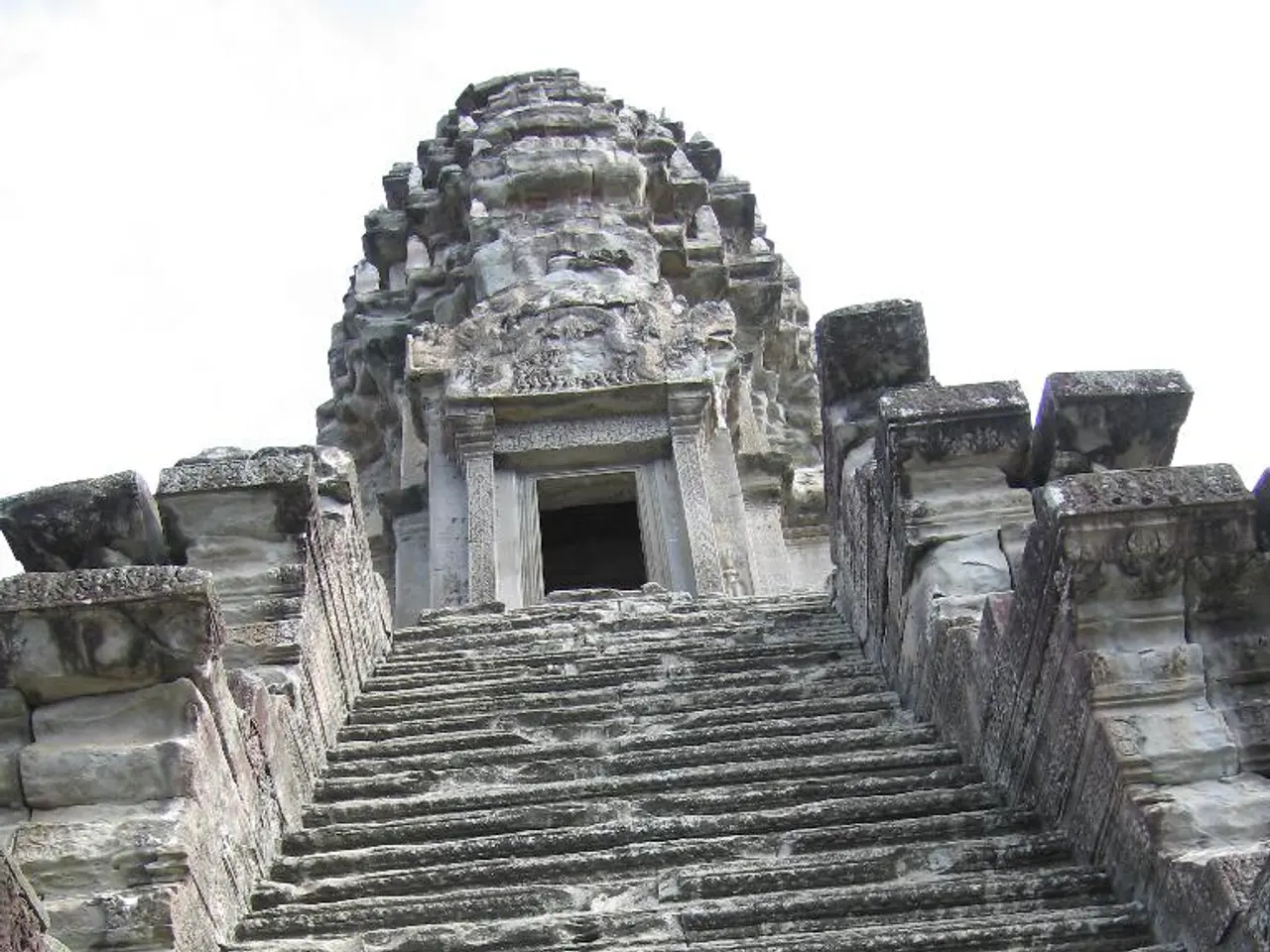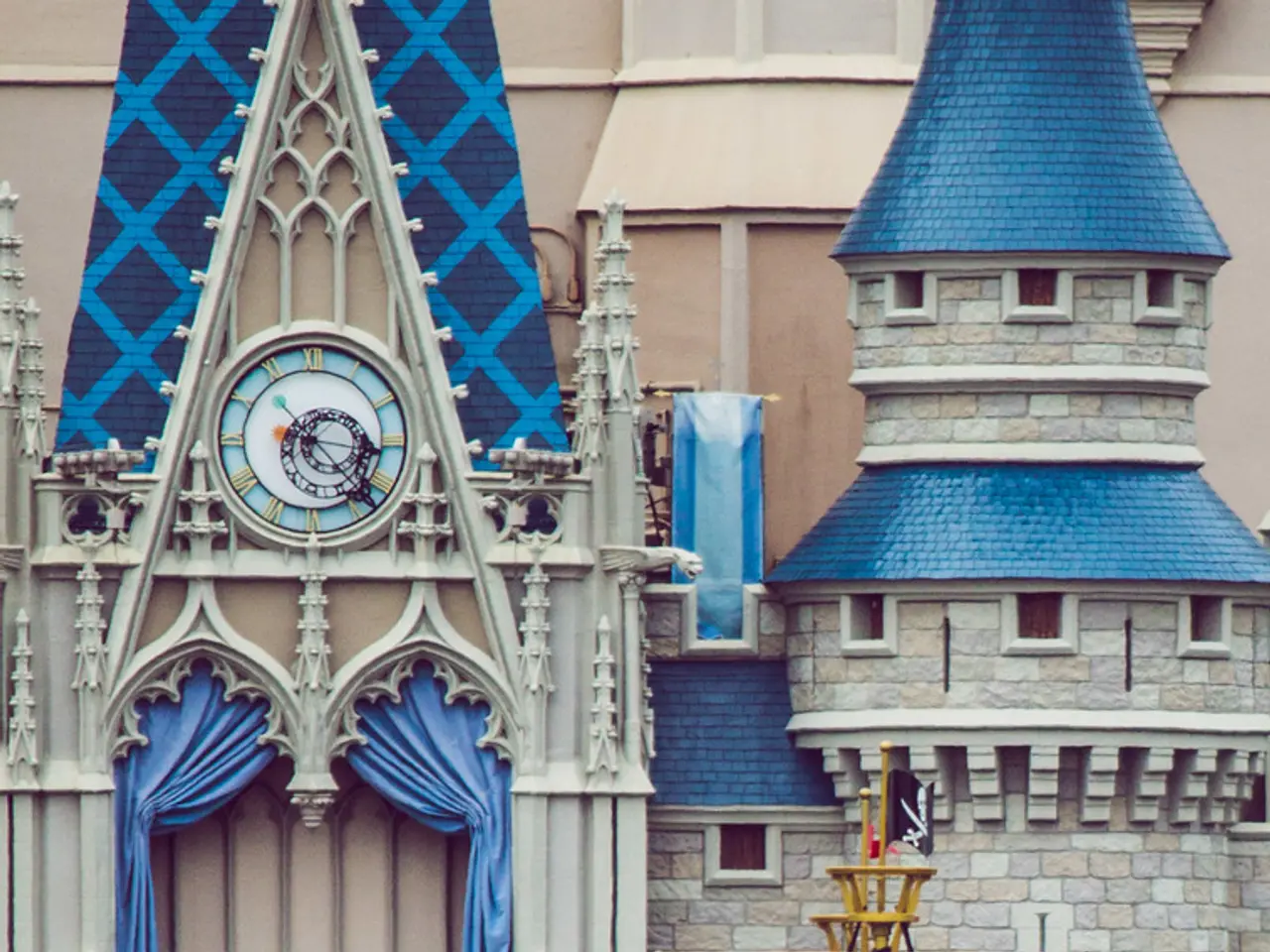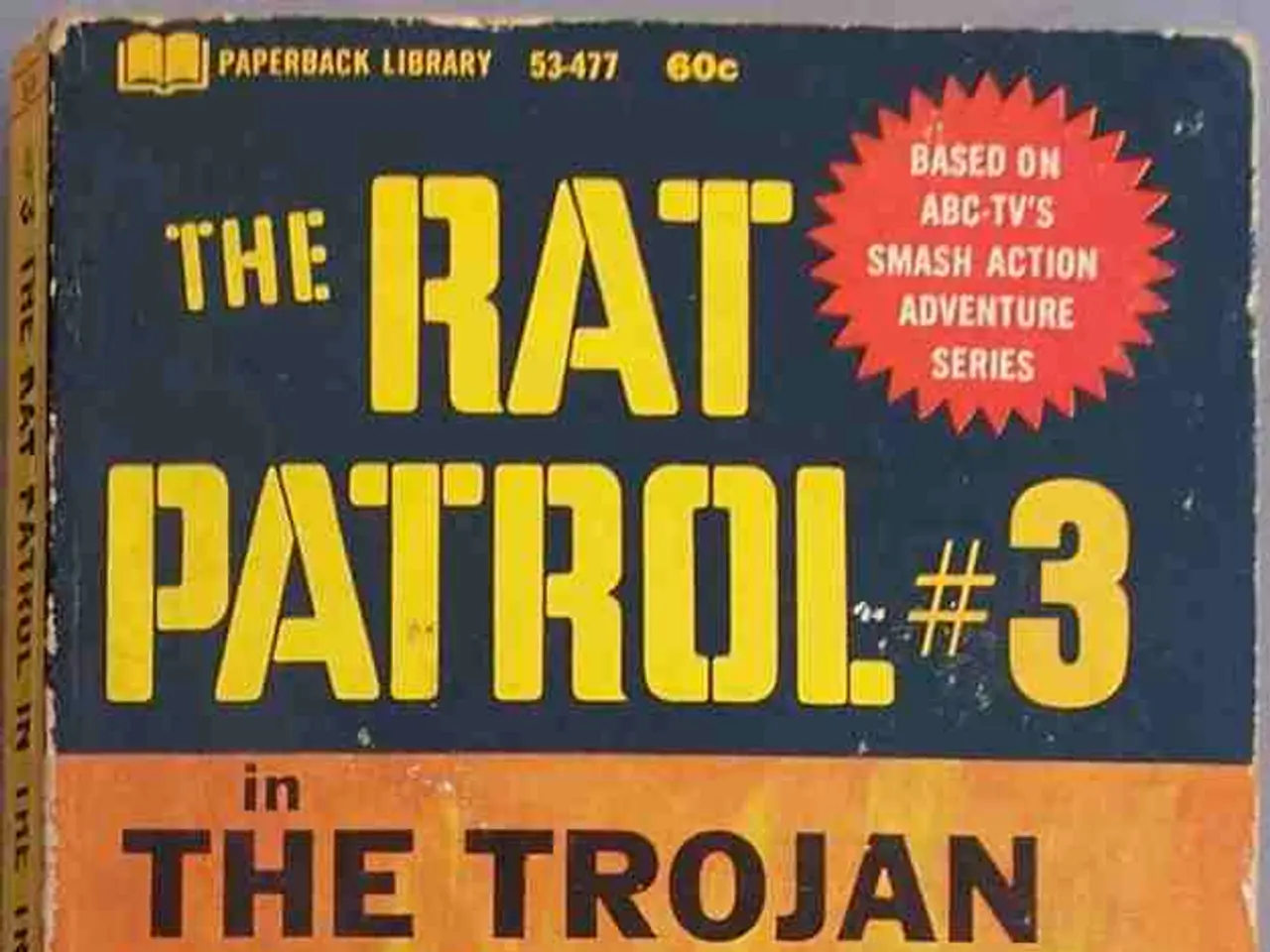Enigmatic Ancient Empire: Legendary Vanished Civilization Driving Odd Conspiracy Speculations
In the realm of intriguing theories, the lost Tartarian Empire stands out as a captivating narrative that has gained traction on the internet. This theory proposes an alternative history of the Earth, where modern buildings are said to be 1,000 years old and have survived a flood that flattened the rest of the Tartarian's work.
Origins and Development
The name "Tartary" once appeared on old maps, labeling parts of Central Asia and Siberia. However, as more precise national borders formed, the term fell out of use. In recent years, the theory has resurfaced online, gaining popularity through internet forums and social media platforms.
Believers of the theory suggest that a worldwide mud flood buried parts of Tartarian cities, after which survivors were suppressed by powerful elites who rewrote history, using modern or fabricated backstories for remaining buildings.
Evidence Cited by Theorists
Theorists provide several pieces of evidence to support their claims. Architectural features, such as 19th-century buildings in the U.S. and Europe with elaborate classical detailing, are labeled as "Tartarian" architecture, claimed to be far older than officially recognized.
Structures partially buried or seemingly sunken into the ground are interpreted as evidence of a global mud flood event that erased Tartaria’s civilization. Historical erasure, such as Tartaria’s removal from maps and history, coinciding with geopolitical events like World Wars, is seen as further proof of a cover-up.
Relation to Modern Architecture
The theory contrasts "Tartarian architecture" (classical, ornate styles like Beaux-Arts and Second Empire) with modern architecture styles, especially brutalism, which theorists see as imposed to mask or replace the legacy of Tartaria’s advanced building techniques. Many notable buildings worldwide, including some iconic railway stations and palatial structures, are reinterpreted as Tartarian, suggesting that present architectural history is a deliberate fiction.
Connection to Russian Nationalism
The idea of Tartaria overlaps with some Russian nationalist sentiments, as Tartaria was historically associated with Central Asia and Siberia—regions linked to Russian territorial expansion. Some theorists emphasize Russia’s architectural heritage as evidence of Tartarian influence, intertwining the myth with pride in Russia’s cultural and historical prominence.
Debunking the Theory
Despite the allure of the Tartarian Empire theory, it lacks a central timeline and is built on speculation. The Russian Geographical Society has debunked the theory, labelling it an "extremist fantasy." Thousands of pieces of archaeological evidence have been presented to debunk the existence of a Tartarian Empire.
In conclusion, the lost Tartarian Empire is a modern conspiracy theory built around real historical terminologies and impressive classical architecture but reinterpreted through a speculative lens involving a worldwide disaster, global cover-up, and lost advanced technologies. It ties architectural history with geopolitical theories and occasionally dovetails with Russian nationalist ideas about suppressed historical greatness. However, there is no credible archaeological or historical evidence supporting the existence of an advanced Tartarian civilization as claimed by these theories.
- The lost Tartarian Empire, a captivating narrative that has surfaced on social media, proposes a fusion of culture and history, with the theory suggesting that modern buildings with classical details, like Beaux-Arts and Second Empire styles, may have roots in the Tartarian period, adding an intriguing angle to the realm of pop-culture and general news.
- The resonance of the Tartarian Empire theory extends to political discourse, as some supporters see connections between the theory and Russian nationalism, using it to reinterpret Russia's architectural heritage as evidence of Tartarian influence and Championship of Russia's cultural and historical legacy.
- In the intertwined world of social media, entertainment, and politics, the debate over the Tartarian Empire endures, with theorists providing non-scientific evidence to support their claims, while bodies like the Russian Geographical Society refute the theory, urging the public to critically examine information and eschew the allure of conspiracy theories that lack credible historical or archaeological evidence.







